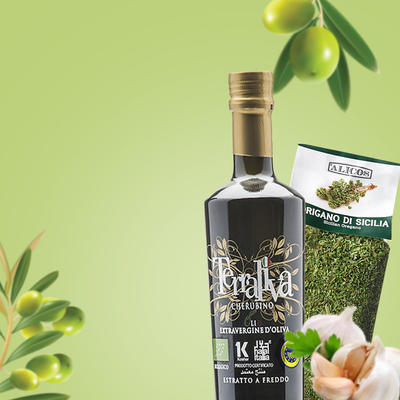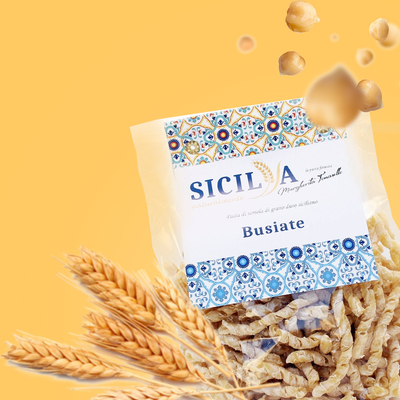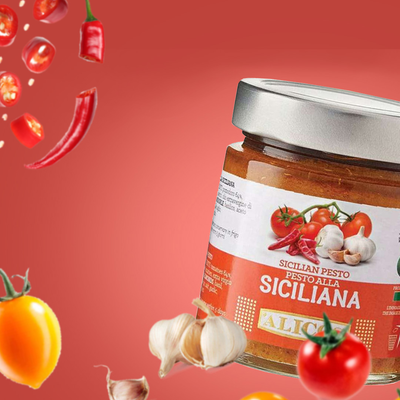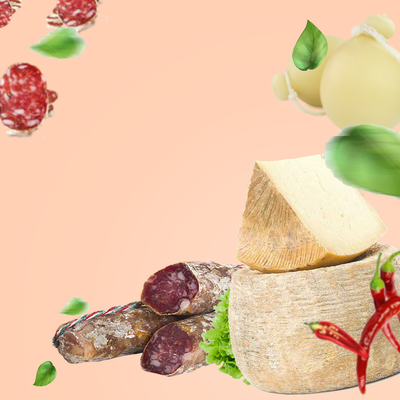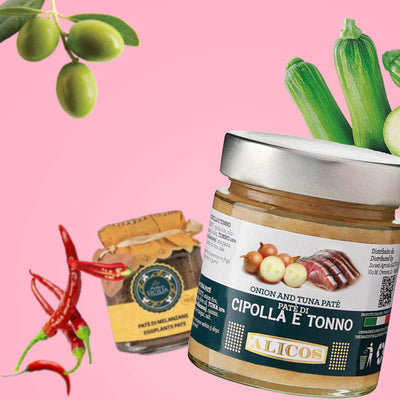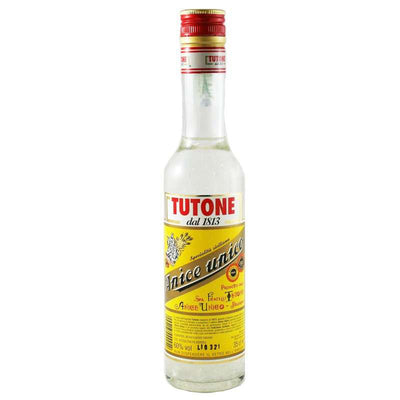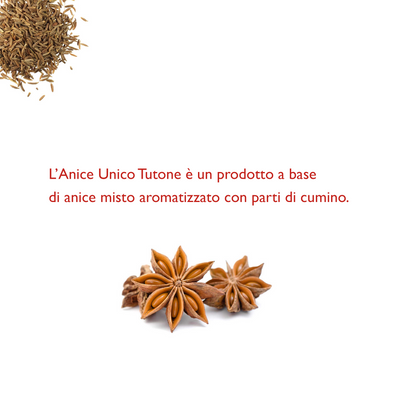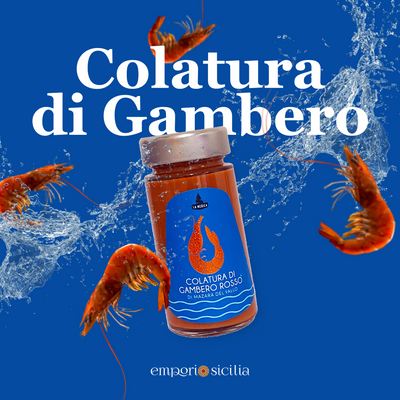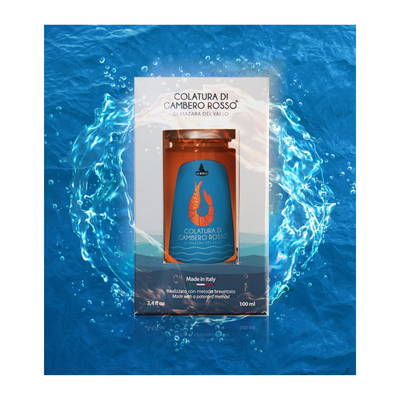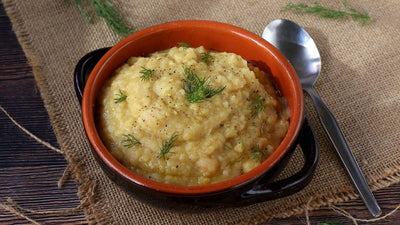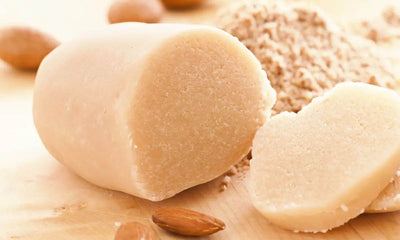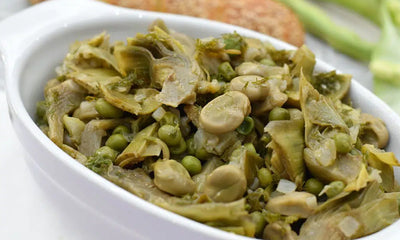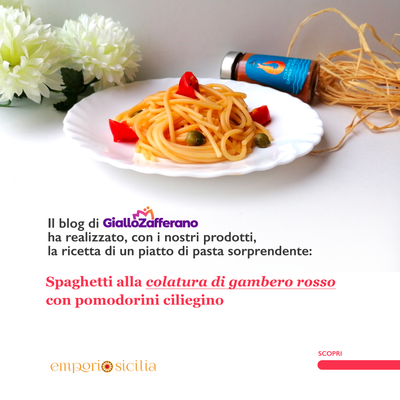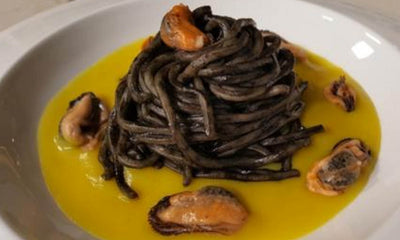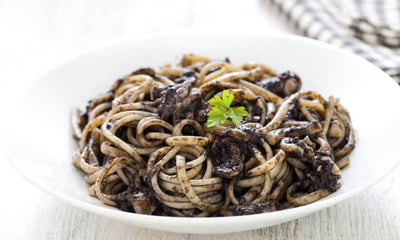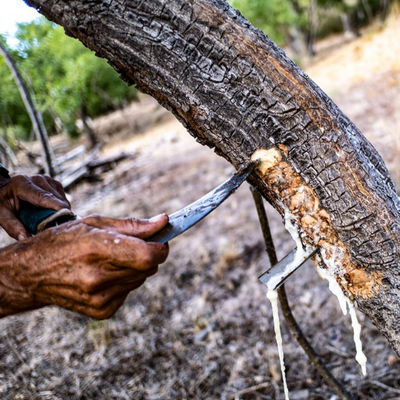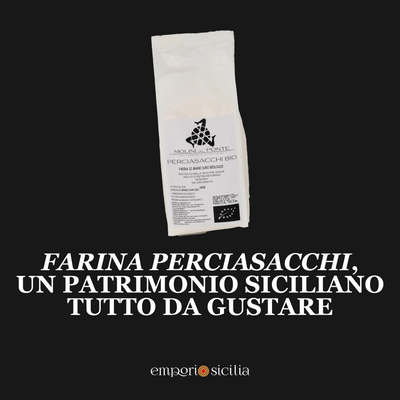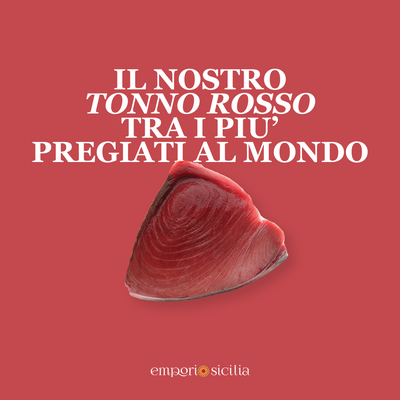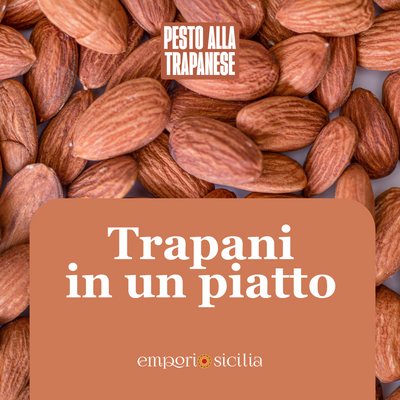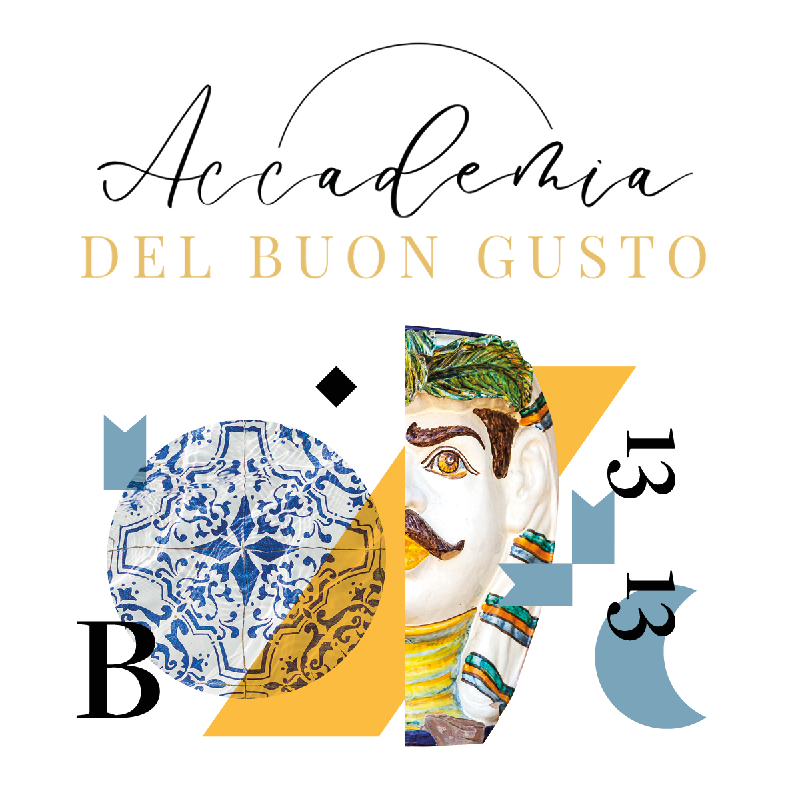Royal almond paste , or as they are often called " martorana fruit ", a delicious and very tasty dessert has a truly original legend that accompanies it.
The colorful martorana fruits take their name from the monastery built by Eloisa and Goffredo Martorana in 1194 in Palermo . The colorful martorana sweets were traditionally made for the solemn feast of the dead (the commemoration of the deceased), now they can be found in pastry shops at all times of the year.
Legend has it that these sweets were invented by the nuns of the monastery on the occasion of a king's visit, to decorate the bare trees of the cloister. The monks enjoyed hanging these sweets, made with a mixture of almonds and honey, among the branches.
These little fruits, which depicted lemons, mandarins and oranges, were so well painted that they looked like real fruit . The king complimented the mother superior because their cloister was the only garden, out of season, with trees full of fruit. The king was invited to taste one and immediately realized that it didn't smell like orange blossom... but like almonds and honey.
After the initial amazement, the monarch tasted the fruit and after having dented the crunchy surface, he found himself tasting a soft and sweet heart. An exquisite flavor that seemed to have been kneaded by the hands of angels . This is why these desserts, worthy of a king, are also called royal pasta .
With the same mixture, marzipan lambs are made during the Easter period. Some products that are made with royal pasta are cassata and rollò, cassatelle, biscuits made from almond paste, sweets, cassatine, martorana fruit, which is given as a gift on the occasion of All Saints' Day.
Almond paste is one of the most representative desserts of Sicily , where the master pastry chefs work the almond in an artisanal way with honey, until obtaining a pure almond paste, which can also be flavored with lemon or orange as well as being covered in icing sugar.
Discover our almond paste-based specialties!



